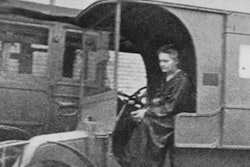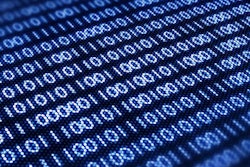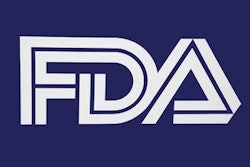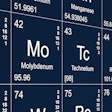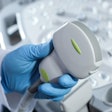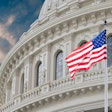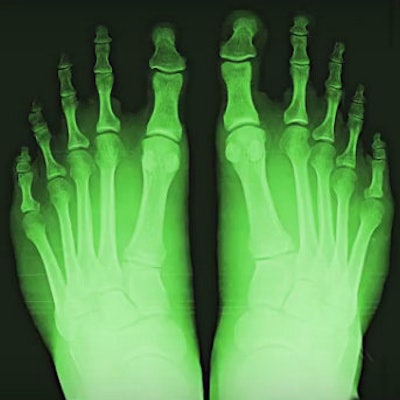
In a new blog post, the U.S. Food and Drug Administration (FDA) reviewed one of the most ignominious radiation-emitting products in history -- the shoe-fitting fluoroscope.
FDA historian Vanessa Burrows, PhD, takes a look back at the device in a May 17 post and video titled "Radiating Shoe Sales" on the agency's FDA Voice blog. The video reviews how the discovery of x-rays in the 1890s led to major advances in medicine by allowing physicians to see previously hidden patient anatomy.
"But as with most cutting-edge science, it also inspired uses of variable therapeutic value," the video states. One of these was for fitting shoes.
The practice had its origins in research conducted by the U.S. Army in World War I to prevent trench foot caused by poor-fitting boots in soldiers. The Army developed a method for fitting shoes that was later adopted by podiatrists, osteopaths, and shoe fitters in the U.S.
Boston physician Dr. Jacob Lowe used the research to develop a device that incorporated fluoroscopic x-rays to see moving images of a patient's feet. Lowe eventually sold the patent, which led to the device being used in shoe stores for fitting shoes.
The shoe-fitting fluoroscope was marketed as a way for retailers to optimize shoe fit. The cabinet-sized devices were even used to fit shoes for children, and some shoe retailers "used the fluoroscopic technology to suggest -- misleadingly -- that they had orthopedic expertise," the video notes.
By the 1940s, there were at least 10,000 shoe-fitting fluoroscopes at stores across the U.S. The machines not only did not work as advertised, but they also exposed parents, children, and shoe clerks to radiation, as users placed their feet nearly on top of the x-ray device, Burrows states in the video.
"The design of the device allowed for a large degree of radiation leakage, starting at the foot area and coming up to about the pelvic area and going out up to 10 feet from the device," according to Burrows.
Scientists and regulators became concerned about the devices and the high levels of radiation they were emitting. By 1970, 33 states had banned the machines, and 17 others had restrictions in place covering their use. Ironically, the FDA never took action against the shoe-fitting fluoroscopes because at the time it didn't have regulatory authority over radiation-emitting devices.
That changed in 1971, and today the FDA's Center for Devices and Radiological Health (CDRH) regulates radiation-emitting products. The FDA has a shoe-fitting fluoroscope as part of its FDA history collection on display at the agency's campus in White Oak, MD.




